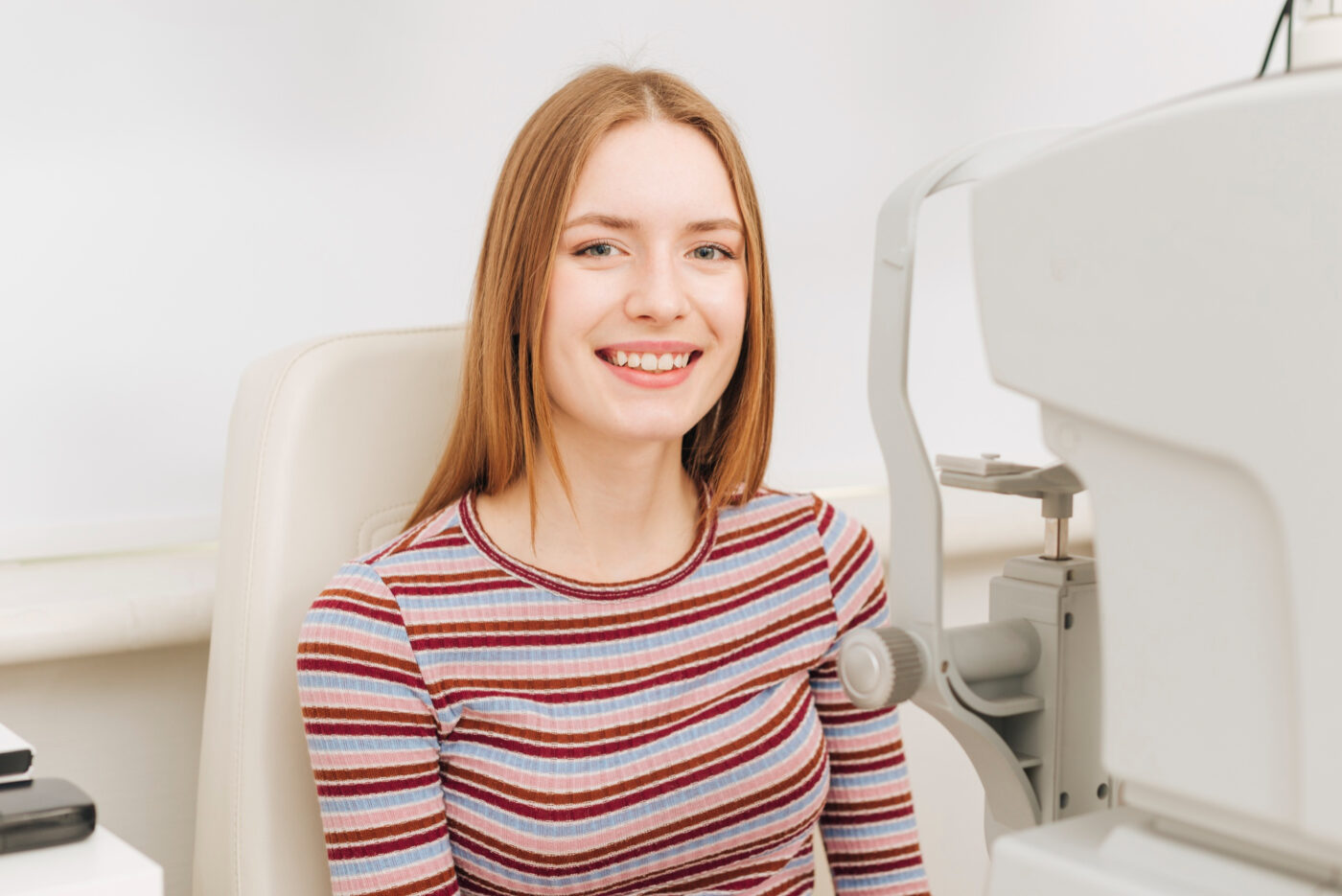For many individuals with high prescriptions, glasses and contacts can feel like a constant burden. Not only are they a financial consideration, but they can also be uncomfortable and inconvenient. LASIK surgery emerges as a potential solution, offering the possibility of clear, natural vision without corrective lenses. But can LASIK truly address high prescriptions? This comprehensive guide delves into everything you need to know.
Beyond Limits: Redefining LASIK Treatment Options
LASIK (laser-assisted in situ keratomileusis) is a well-established refractive surgery that corrects a wide range of vision problems. These include:
- Myopia (nearsightedness): Difficulty seeing distant objects clearly.
- Hyperopia (farsightedness): Difficulty focusing on near objects.
- Astigmatism: Blurred vision at all distances due to an irregularly shaped cornea.

Traditionally, there have been limitations on how high a prescription LASIK could effectively treat. However, advancements in laser technology are constantly pushing these boundaries. Today, many patients with high prescriptions can experience the life-changing benefits of LASIK (American Academy of Ophthalmology, 2023).
Understanding Your Candidacy: A Holistic Approach
While your prescription is a significant factor in determining LASIK candidacy, it’s not the sole criterion. To ensure a successful outcome and your overall safety, ophthalmologists consider a range of factors during a comprehensive pre-surgical evaluation. Here are some key aspects:
- Age: LASIK is typically recommended for individuals above 18, as vision tends to stabilize after this age (American Society of Cataract and Refractive Surgery, 2023).
- Prescription Stability: Ideally, your vision prescription should be stable for at least a year before LASIK. Significant fluctuations can affect the long-term efficacy of the procedure.
- Dry Eye: Chronic dry eye can complicate LASIK recovery. However, treatments are available to manage these symptoms before surgery (National Eye Institute, 2020).
- Corneal Thickness: Healthy corneas with sufficient thickness are essential for LASIK. If your corneas are too thin, alternative vision correction procedures like PRK (photorefractive keratectomy) may be explored (American Academy of Ophthalmology, 2023).
- Overall Health: Underlying health conditions like diabetes, autoimmune diseases, or certain eye issues (e.g., glaucoma or cataracts) can impact your suitability for LASIK. Your surgeon will assess your overall health to determine if LASIK is the right choice.
Explaining the Diopter: Measuring Your Prescription
Eye prescriptions are measured in diopters (D), indicating the degree of correction your eyes need to achieve clear vision. Here’s a breakdown of the values:
- Minus (-) Diopter: Indicates nearsightedness (difficulty seeing distant objects).
- Plus (+) Diopter: Represents farsightedness (difficulty seeing near objects).
During your LASIK consultation, your doctor will perform a series of tests to measure your refractive error precisely. These measurements, along with the other factors mentioned, will help determine if LASIK can achieve your desired visual outcomes.
Taking the Next Step: Unlocking Clear Vision
If you’re wondering, “Can LASIK correct my high prescription?” the answer is – it depends. The best way to determine your candidacy is by scheduling a consultation with a qualified LASIK specialist. These consultations are often complimentary, allowing you to discuss your individual needs and explore potential treatment options.
Here’s why scheduling a consultation is crucial:
- Expert Evaluation: Experienced LASIK surgeons utilize advanced diagnostic technology to comprehensively evaluate your eyes and corneal suitability for the procedure.
- Personalized Treatment Plan: Based on your unique vision needs and candidacy factors, a customized treatment plan will be developed to address your specific prescription.
- Informed Decision-Making: The consultation empowers you to ask questions, understand the risks and benefits of LASIK, and make an informed choice about your vision correction journey.
Don’t let a high prescription hold you back from experiencing the freedom and convenience of clear vision. Find a reputable LASIK provider near you today and take the first step towards a brighter future – free from glasses and contacts.
References
American Academy of Ophthalmology. (2023). LASIK Eye Surgery. https://www.aao.org/eye-health/treatments/lasik-surgery
American Society of Cataract and Refractive Surgery. (2023). LASIK Eye Surgery. https://ascrs.org/
National Eye Institute. (2020). Dry Eye. https://www.ncbi.nlm.nih.gov/books/NBK470411/
Categories:



